How does singing work? And why do singers need to learn about the anatomy of the voice?
Simple. If you don’t know what it is, what it looks like and what it does - it will be in the dark. Following a teacher may work, but it will be a hit or miss, you will have no real idea what you are doing.
Knowing about the voice and then knowing how to use it are not the same thing. Yet the first is crucial in order to effectively do the other.
Why do singers need to know about other body parts?
As I learned the hard way, it’s incredibly difficult to sing with muscle tension, especially in your upper body. Jaw, tongue, neck, shoulders, belly, hip joints - all of these are out to get you and make your singing a living hell.
So let’s learn about those parts which we need to either engage or relax, so that we can sing without straining and avoid getting raspy. There are a few articles on the website advising on how to get in shape for singing, such as yoga poses to sing in.
Vocal anatomy: poorly understood, also by teachers
You will be shocked how many voice teachers hardly understand vocal anatomy. We are voice teachers, not scientists, right?! Voice teachers were first trained as singers, some of them did NOT train as teachers. They know what they have been taught by their teachers, maybe what they learned in college. Not enough. Most teachers will not be familiar with the laryngeal muscles, with the different parts of the resonances and respiratory system, and in general have a vague idea of how the voice works, sadly. Personally, I have learned most of what I know through my own research.
Even the experts can be wrong
I have learned recently that one of the most esteemed voice experts, Jo Estill, who developed an internationally renowned teaching method, has gotten something wrong. She thought you can tilt the larynx for belting (find resource on what is tilting below at “advanced laryngeal function”), when this is actually impossible. You can watch a clip of a student of hers explaining the problem with tilt for belting.
That’s OK. Science is work in progress. We might not know everything, but we know plenty already. And it is our responsibility as singing students to be well-versed in the vocal anatomy and mechanism, because probably no one will do it for us.
So how does the voice work?
As vast and complicated as vocal anatomy can get, and the more you look into it the more you find there is to learn - I am going to summarize vocal function.
First, let’s look at what the instrument looks like on the inside:
How the air travels
As you make a sound, the air comes up from the lungs, passes through the vocal cords, which are located inside the larynx and leaves via the mouth/nose.
The vocal cords are separated/open as we inhale and exhale, and come together/close when we make sound.
When air goes through the closed vocal cords they vibrate and create the initial sound, which is then amplified by the pharynx (back of the throat, all the way from behind the nose down to behind the larynx). It is the main resonator of our instrument.
The resonance is then reinforced by more resonances in the nasal cavity, oral cavity, the chest cavity, and some more 🙂
What is necessary for singing?
It's necessary to allow for the rather simple mechanism of the vocal cords coming together and the air passing between them.
That is: without any tension which compromises the resonating spaces and the airway!
Meaning - it is imperative to minimize or eliminate tension in the tongue, jaw, neck, throat and shoulders. We should also learn how to activate (and how NOT to activate) the diaphragm ribs, and pelvis area. And of course good, aligned posture will help with all of the above.
Ready to delve a little deeper? I put together a list of sources which teach anatomy, of different levels of details. Start at the beginning, or just skip if you already know what you are interested in.
Resources
The following are my go-to tutorials about vocal function and anatomy, and about the muscles which can get tense and interfere with the voice. I will keep updating this page according to requests and when I find something awesome!
First things first: anatomical terms
Do you know what ventral, lateral or superior mean? Many tutors will talk in those terms and you’ll be like: whaaa? So check out this video to be on top of it!
Videos about vocal anatomy
The voice mechanism: the larynx
The closest thing you’ll get to someone sitting down with you and explaining things to you in a way that you can understand. Love this guy.
No longer a little mouse...
Maybe you feel it's time to stop shushing your own voice and take your desire to sing serious. My weekly 'Belting Mouse' mail shows you how. It gets you on track with stories and insights from my life as a singer and that of my students.

For 'little mice' who are tired of squeaking and want to start belting...
Larynx videos in more detail
- Vocal Anatomy through laryngoscopy - thorough and fascinating, including an actual view of the vocal cords, super cool!
- What nasal endoscopy can do for vocal health
- After Estill: More advanced laryngeal function, I recommend watching the whole lecture, especially if you are a teacher.
Videos about the diaphragm
This is a tough one (the subject, hopefully not the diaphragm itself). Most videos on the Diaphragm either don’t seem thorough enough or almost impossible to follow. So but this is what I’ve got.
Best detailed diaphragm tutorial I found. Shows what it looks like and where it is. It’s not all in “English” but it’s eye-level explanation. By a sweet cheerful teacher with a nice accent.
The diaphragm in action
Animation of the diaphragm in action. This one is in French, but pretty clear. Showing different levels of muscles in the body, including the diaphragm, in movement.
Note! It is not accurate that the chest and shoulders need to elevate for the inhale. In fact, most voice teachers would advise against that.
Videos about the body around the voice
These are all from Proko’s channel - it’s for illustrators, but in fact, these are the best anatomy lessons I have found on the internet. Do you know how people sometimes say to scientists or doctors: SPEAK ENGLISH! Well, he does. And he’s funny.
The neck
This is where the larynx is (it talks about the larynx, too) and that's where your vocal cords are. I would say up there with the top 3 important body parts we need to know about.
The pelvis and hip joint
Tense hip joints disturb your whole posture, so it's great to learn about it. The joint is mentioned in the beginning of this video, you don't have to watch it entirely. But I recommend it - it's fascinating.
The rib cage
Rib cage function and our control of it is a main aspect of vocal support, so let's get some idea of how that works.
The spine
This is not directly relevant to singing, but it’s good to know where the spine is, how long it is, what it looks like and what it does. After this you’ll have a much more over-al perspective on body behavior.
The chest
Most voice teachers don’t talk about this one, it’s important! The video is from Athlean X’s channel- again, not meant for singers. Darn!
Jeff Cavalier is a fitness coach and a physical therapist. What does that mean? It means - he knows his stuff when it comes to proper healthy body function. And he explains it so well, I don’t care how many times he mentions the gym.
I also talk about this in a separate article: The chest: our neglected friend.
The shoulders
Good to know if you are picking up a lot of stuff, or working out.
Reading about vocal anatomy and how the voice works

The larynx
Very knowledgeable lessons about the larynx for medical students, with images. Useful for vocalists too.
Vocal anatomy overview
Basic but thoroughly explained anatomy and physiology of the voice. Taken from a physics course. Uuuuhhh...

The anatomy and physiology of voice production
They did a good job here. If you're not intimidated by a lot of reading.

The anatomy and physiology of the diaphragm
This is written by the second best George Harrison to teach about singing 😉 A spectacular and somewhat intimidating (to me) article. Knock yourself out.
Have you encountered any good sources on vocal function and anatomy? Contact me and let me be enlightened!
Enjoy investigating the voice!
If you liked this article, you'll probably also enjoy Finding your voice type - should you even care?
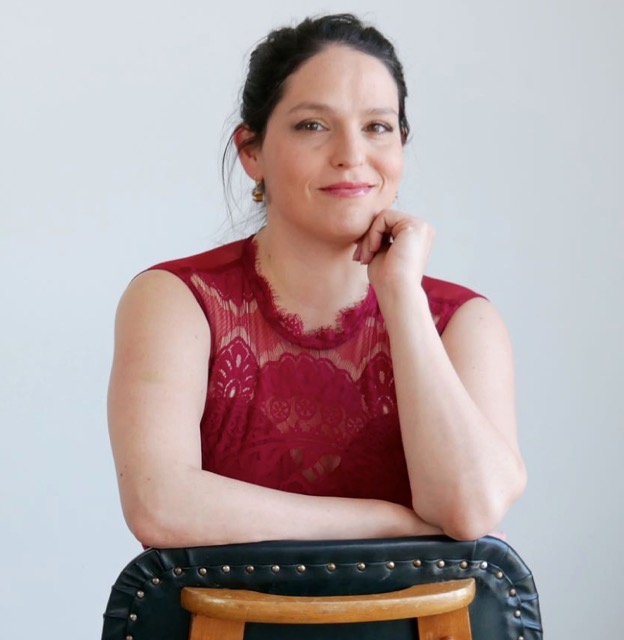
About the author
Linor Oren
I'm an opera singer and (online) voice teacher, based in Amsterdam. It took me quite a while to overcome my share of mental and physical issues before I reached a professional level as a singer. Because of this background, and my 10+ years of teaching experience, I believe I can speed up your learning curve as a singer.

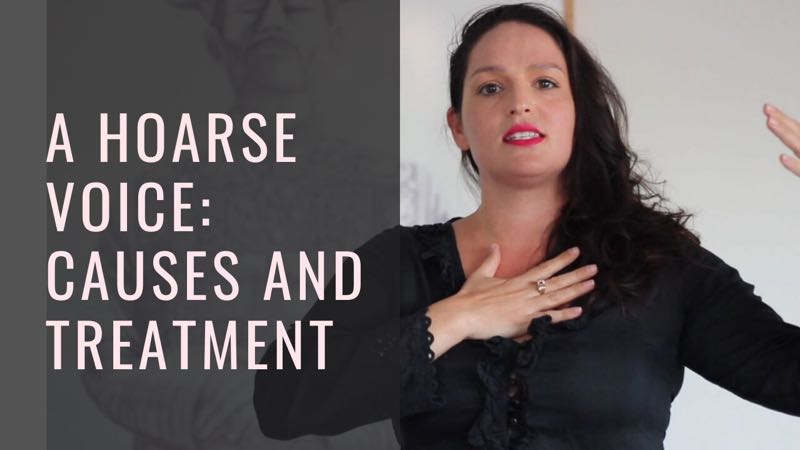
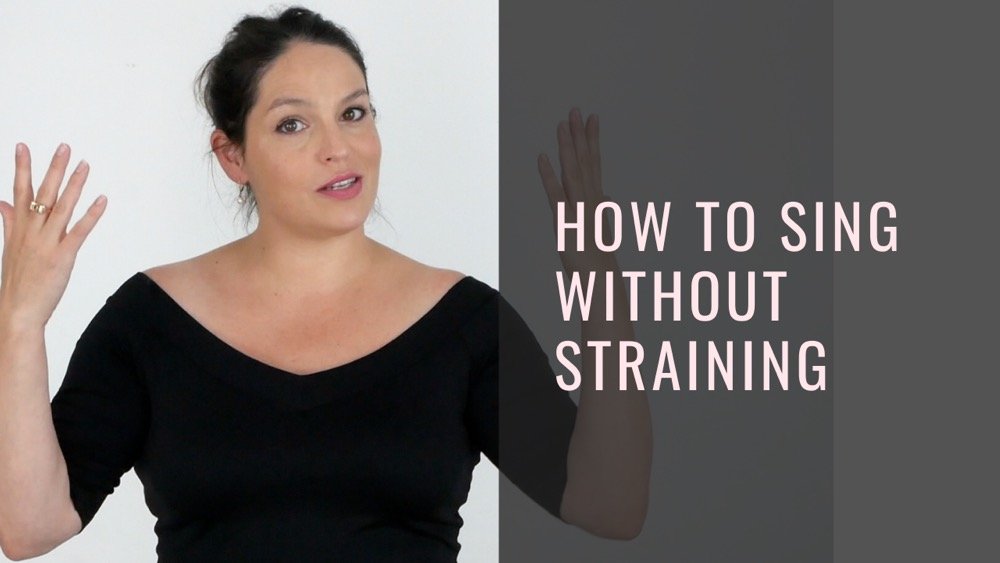

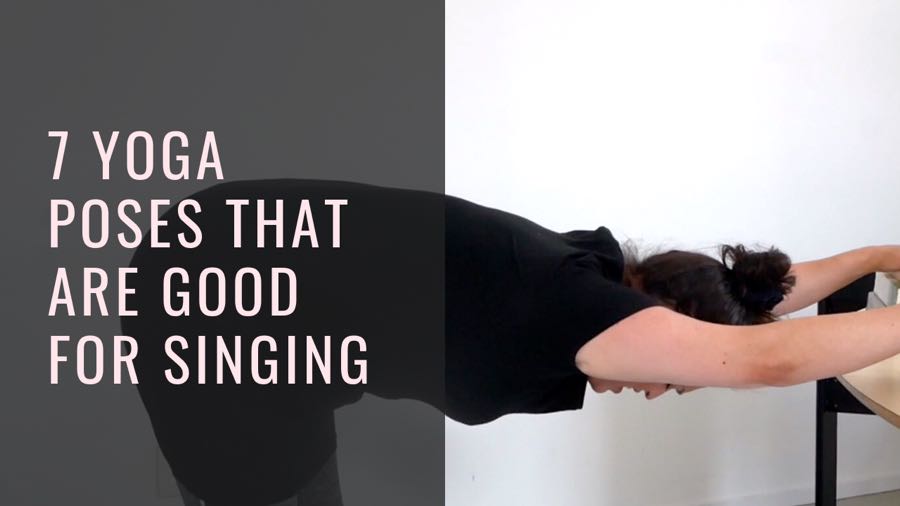
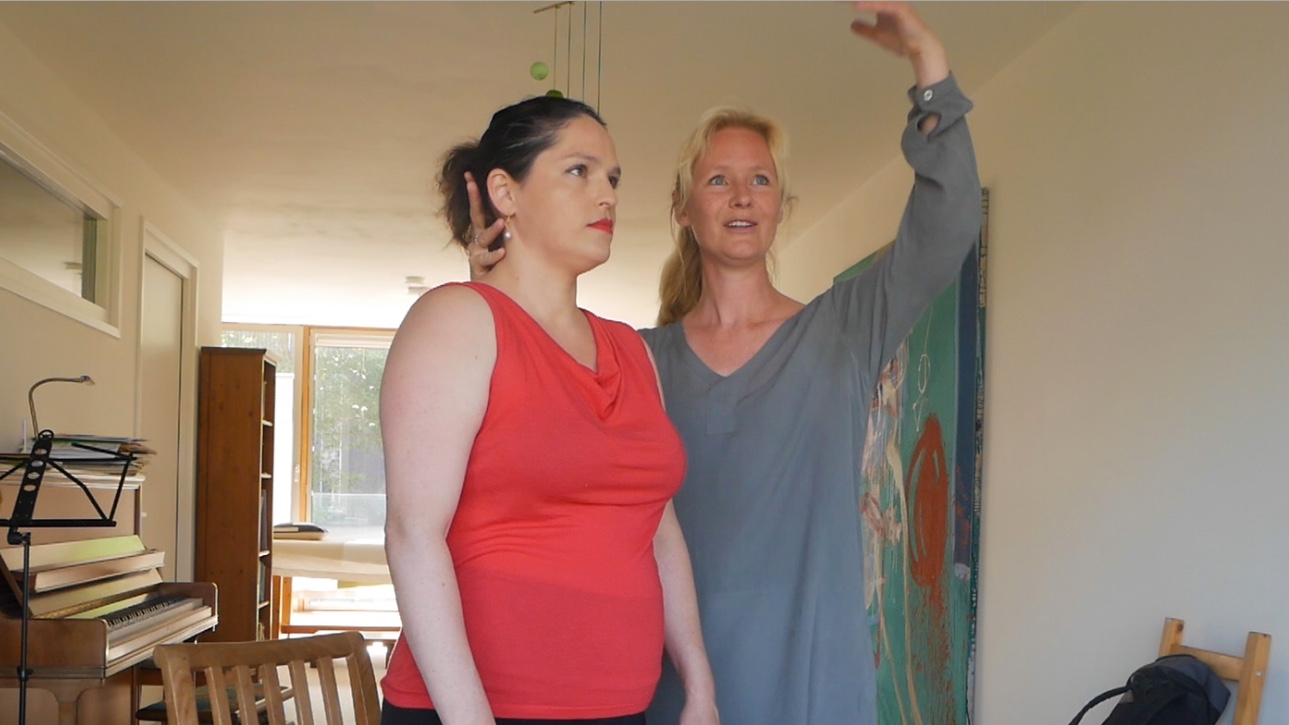
Discovering how singing works is like unraveling the mysteries of a captivating musical journey! Exploring the intricate mechanics of the vocal instrument, understanding the power of resonance, and unlocking the secrets of breath control are exhilarating aspects of this incredible art form.
I don’t know much about song and my voice is not smooth and sweet in my hearing
Ma you are one of a mental I have ever met in my life with humility and kindness a good heart is a big message to me ma. please ma I need train in my voice my voice. My voice is hard is not sweet when singing I need your help ma.